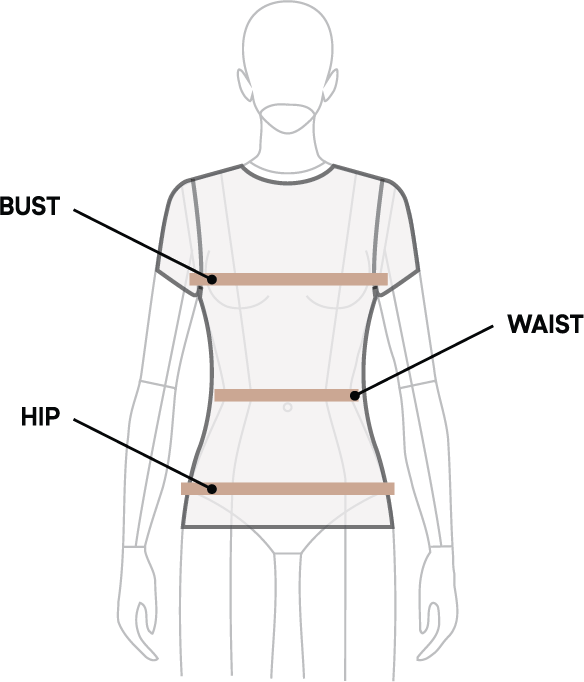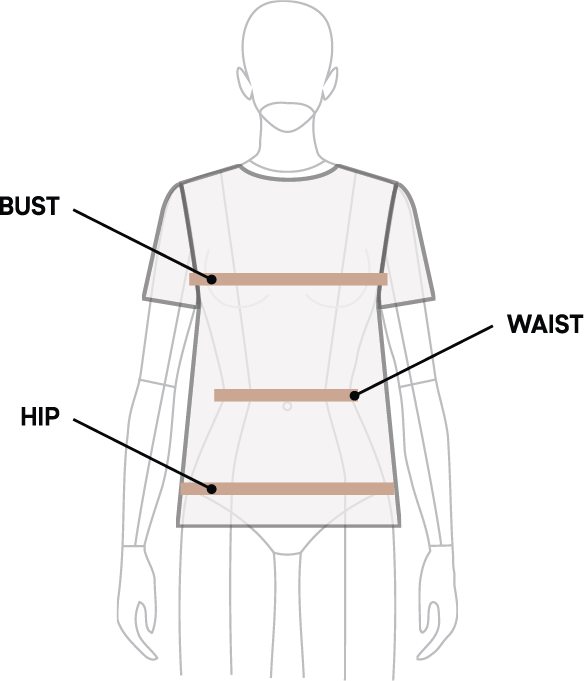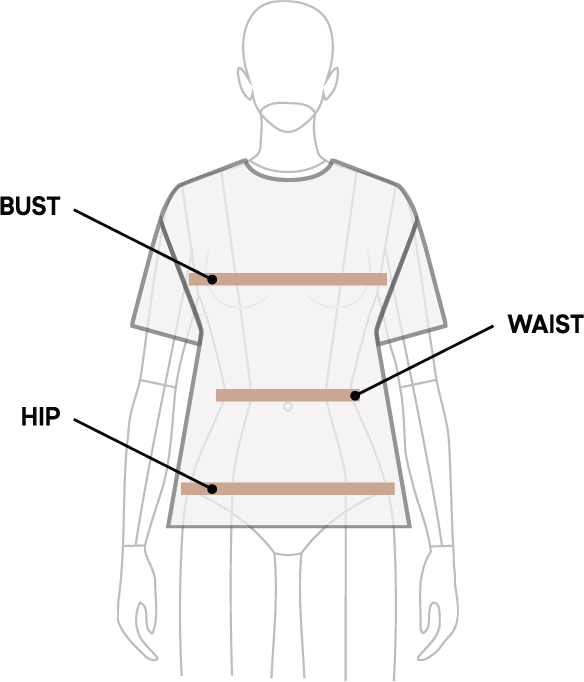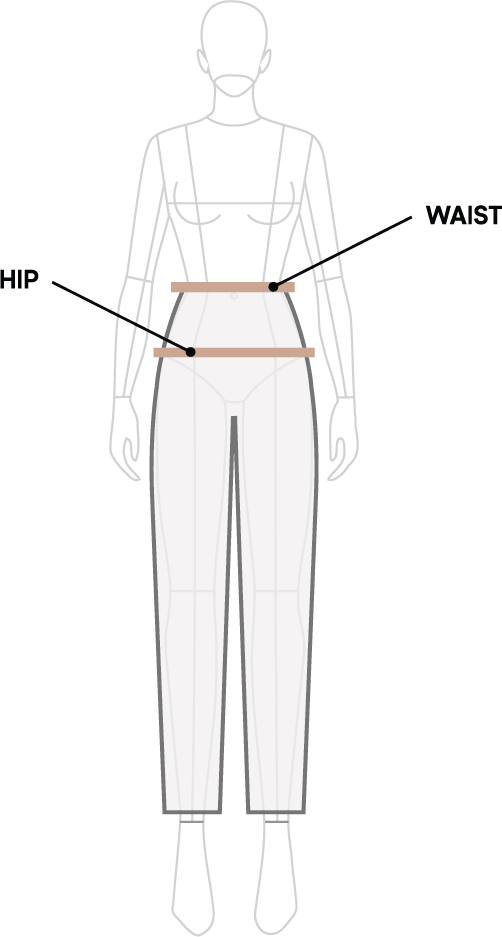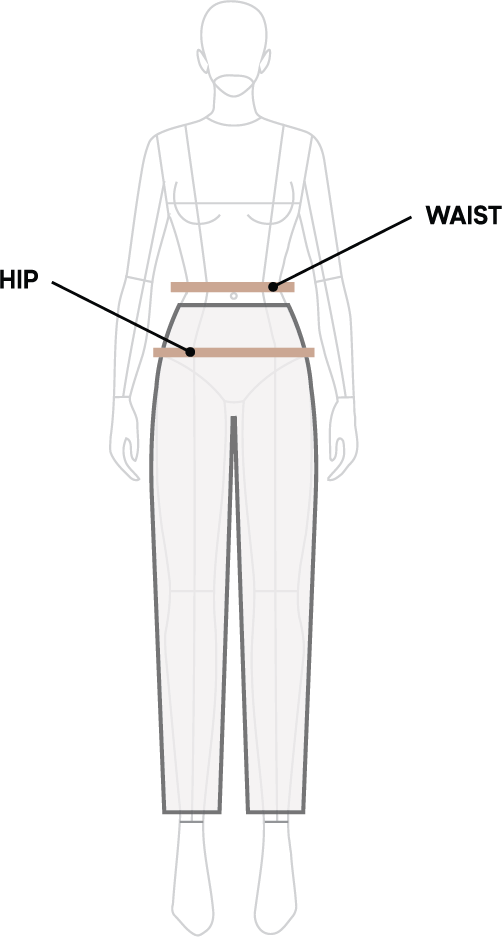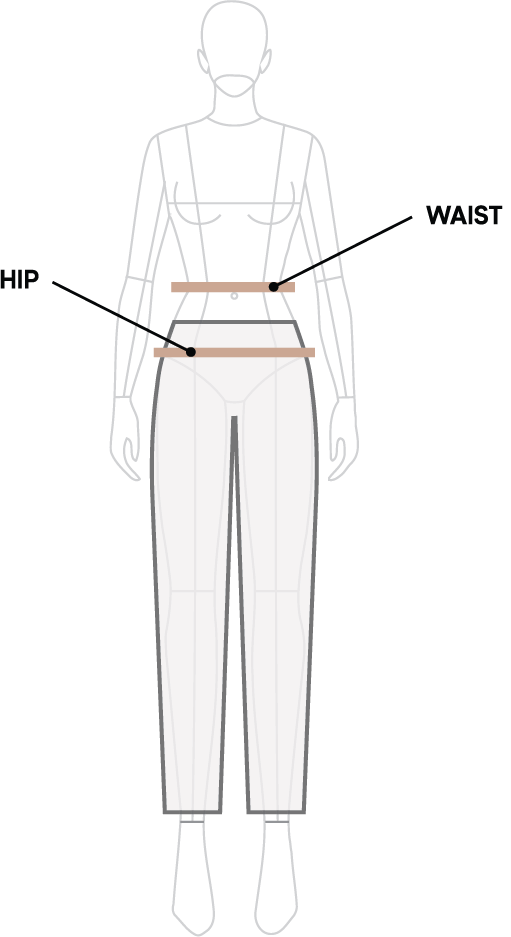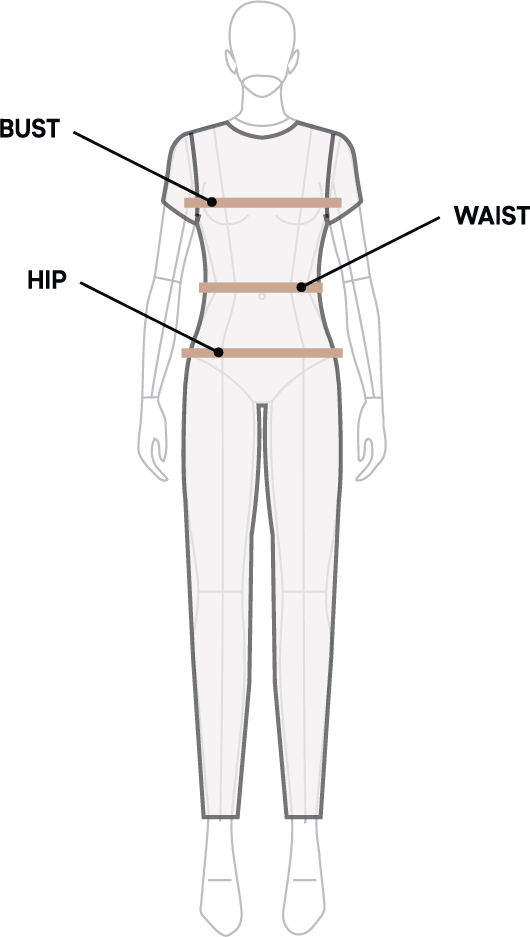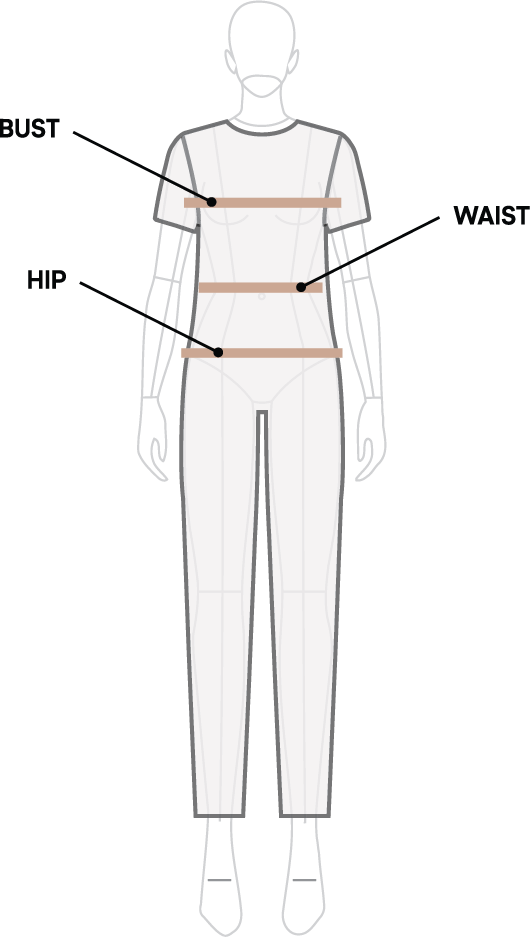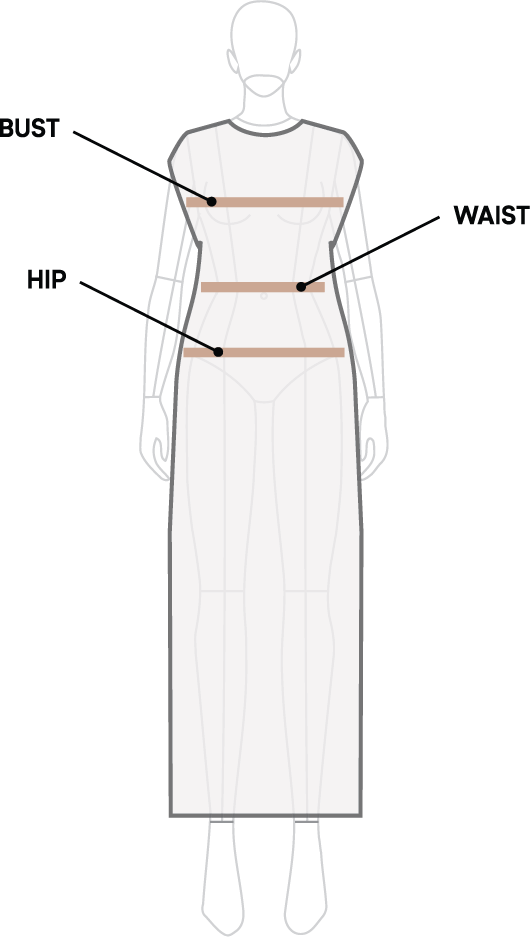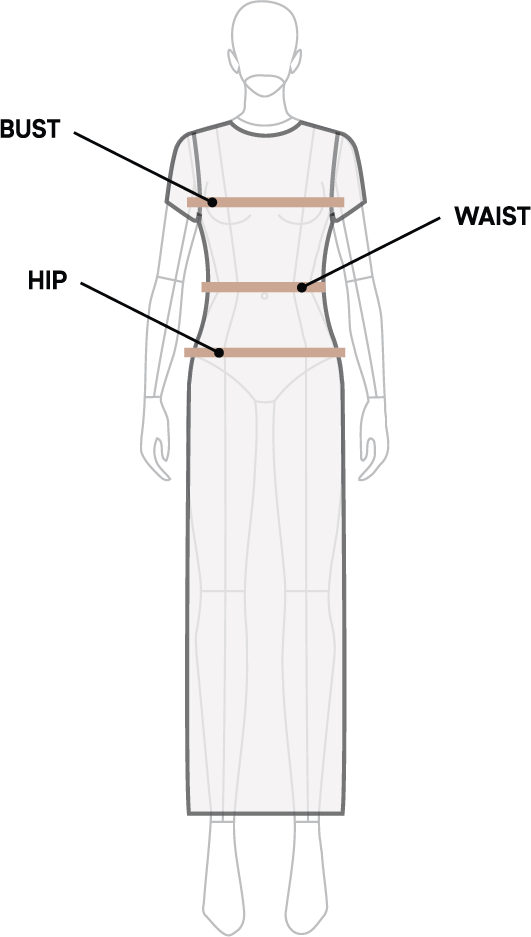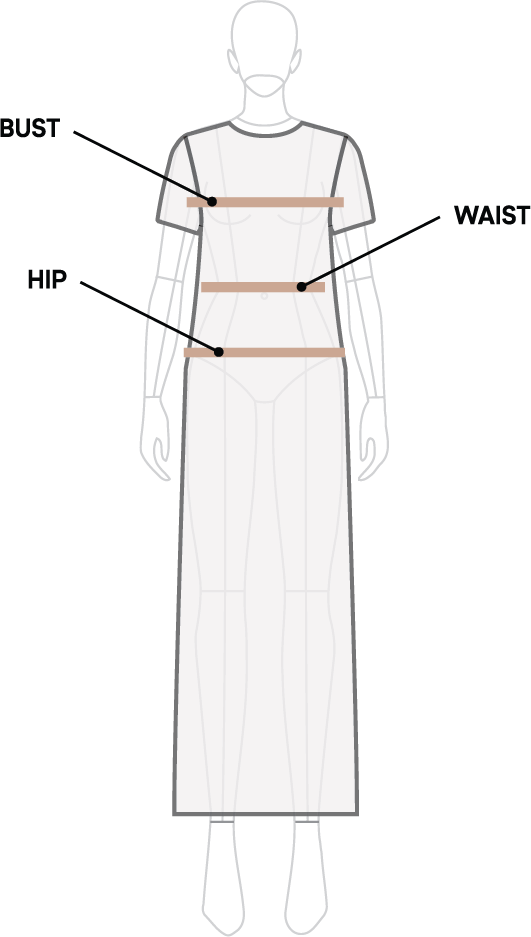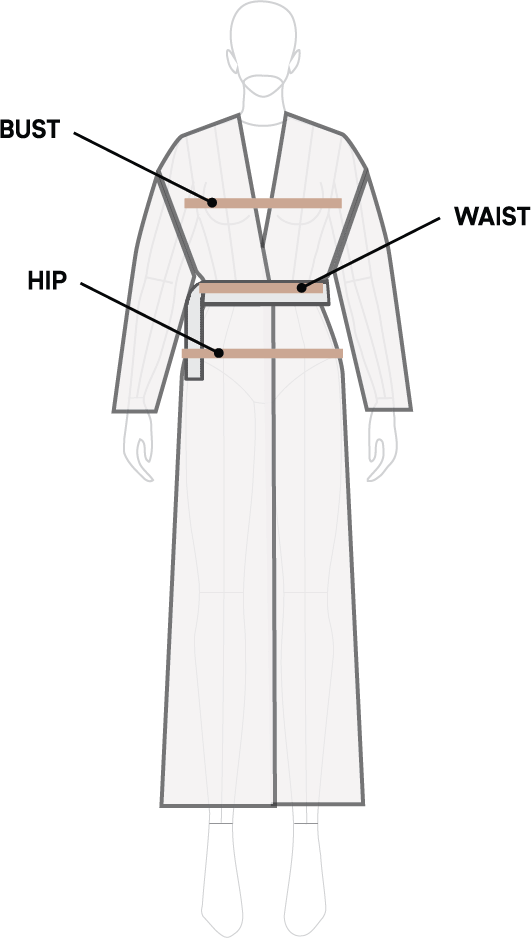Scientific Portals to When, How and Why we Dream
AN ESSAY BY DR. YEWANDE PEARSE (NYEWRO)
Growing up, and even now, my mother always asked me two questions: “did I sleep well” and “did I have any weird dreams?” This is because dreams have deep meaning in Nigerian and other African cultures, where dreaming can be a medium through which people receive messages of wisdom from ancestral spirits. As a neuroscientist trained in the UK and US, my understanding of sleep and dreaming has largely been framed by Western scientific literature, but my relationship with dreams will always be colored by an African psychological perspective that goes beyond the Western paradigm and holds space for the unknown.
Despite being fast asleep, our brains have this amazing capacity to create conscious experiences of their own making where anything goes. The first breakthrough in sleep research happened in the early 1950s when a graduate student named Eugene Aserinksy noticed that the eyes do something rather unusual while we sleep. Using his sleeping son as a research subject, he observed that despite being closed, the eyes dart back and forth in all directions for short periods of time.
Intrigued by the discovery of what is now known as rapid eye movement (REM) sleep, he took his investigations further by using a method called Electroencephalography or EEG, which measures electrical activity in the brain using small metal discs called electrodes attached to the scalp. Since brain cells communicate via electrical impulses even when we sleep, this brainwave activity can be recorded as an electrogram – a piece of paper covered in wavy lines. By analyzing the pattern of brain activity while tracking eye movements during sleep, Aserinsky uncovered an important correlation; roughly every 90 minutes throughout the night, humans cycle through periods of REM sleep, accompanied by dramatic increases in brain activity similar to when we’re awake.
Once scientists figured out ‘the when’ of dreaming, next came working out how we dream. Rather than recording brain wave recordings from the outside of the brain in two dimensions, new technology called Functional Magnetic Resonance Imaging (fMRI) allowed scientists to look inside the brain and visualize brain activity in three dimensions with far better spatial resolution. This meant scientists could analyze neural activity in specific brain structures, leading to a complete reimagining of the sleep field.
Everything we experience in life is linked to neural responses somewhere in the brain. Dreams, as unique as they are, are the same. They are created using the same neural architecture we use when we are awake. Neural activity in the primary sensory areas of the neocortex give rise to sensory perception. When neurons fire in the primary visual cortex they create the illusion of seeing things, and when neurons fire in the primary auditory area they create the illusion of hearing. If that firing happens randomly without an external stimulus to dictate it, these sensory perceptions will feel like nonsensical, randomly fragmented images, sounds, and even smells woven together to create complex multi-sensory hallucinations – or dreams as we call them.
In reality, dreams are more than just sensory mirages. Aside from engaging the sensory areas of the forebrain, brain imaging studies have also shown activity in several other key regions including the motor cortex, which controls voluntary movements and the hippocampus and surrounding regions, which are involved in autobiographical memory. It’s also important to point out that dreaming isn’t just about increased brain activity, but also deactivation in certain parts of the brain like in the prefrontal cortex which is responsible for executive functions, like logical thinking, rational thought, and regulating emotion.
“SCIENTISTS BELIEVE DREAMING IS NOTHING MORE THAN A HAPPY ACCIDENT OF REM SLEEP WITH NO ESSENTIAL PURPOSE OR MEANING – AN EPIPHENOMENON.”
Next, we must ask why do we dream? The short answer is we don’t actually know what the function of dreams are. The long answer is that there are plenty of feasible explanations. Let's take a step back and answer the more important question – does dreaming have a function at all? Scientists believe dreaming is nothing more than a happy accident of REM sleep with no essential purpose or meaning – an epiphenomenon. In the book ‘Why We Sleep’, author Mathew Walker uses the analogy of a light bulb where the main function of a light bulb is to provide light, yet in doing so it also provides heat. If we think of dreams in the framework of the lightbulb analogy, then REM sleep is the light bulb, the functions of REM sleep are the light and dreaming is the heat.
There are plenty of experts in the fields of neuroscience and psychology who would also disagree with the notion that there is no point to dreaming, and have proposed a number of compelling scientific arguments for why we dream. Going through all of them in this one article would turn it into more of a thesis, but to name just a few; dreaming, as part of REM sleep, may serve an important cognitive function of strengthening memory and informational recall. It could also help us process emotions by giving the opportunity to engage with and rehearse feelings in different imaginary contexts. Dreams could also be what “dailies” are to a director: unedited footage from our lives that’s collected at the end of each day for us to review and analyze.
Early thinkers on dreams like Psychoanalyst Sigmund Freud and Psychiatrist Carl Jung believed that dreams were the door to our unconscious unfulfilled desires, or symbolize experiences in real life like stress or anxiety. More contemporary researchers however, argue that dreams are just the result of the brain trying to make sense of the high neural activity generated in the brain during sleep by engaging parts of the brain involved in memory and emotion.
In some ways, Sigmund Freud's early theories that dreams came from unfulfilled desires in waking life mirror the ideas surrounding dream meaning in many African cultures. Although Freud's ideas have been robustly debunked by Neuroscience, there are still no conclusive explanations as to why we dream. This is perhaps what makes dreams so special and leaves room for us to enjoy the unknowns of the worlds we build in our sleep. Research shows that sharing and listening to dreams may enhance relationships by improving intimacy and induce empathy in the listener/discusser toward the dream sharer. Thanks to my mother, the biggest advocate for dream-meaning I know, I will always share my dreams and enjoy hearing the dreams of others. And perhaps in this sharing, we can find our own meaning in the “why”.
























